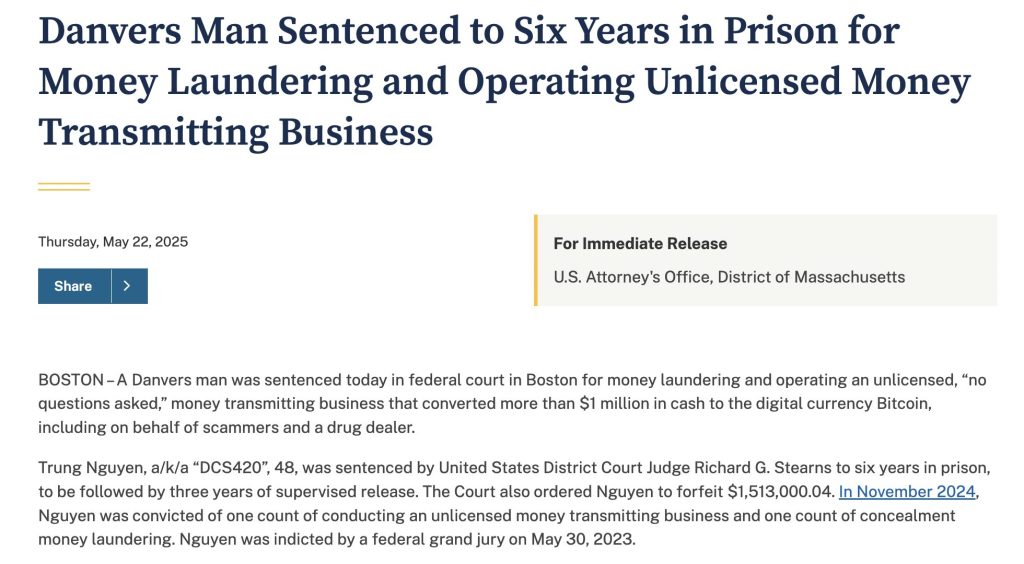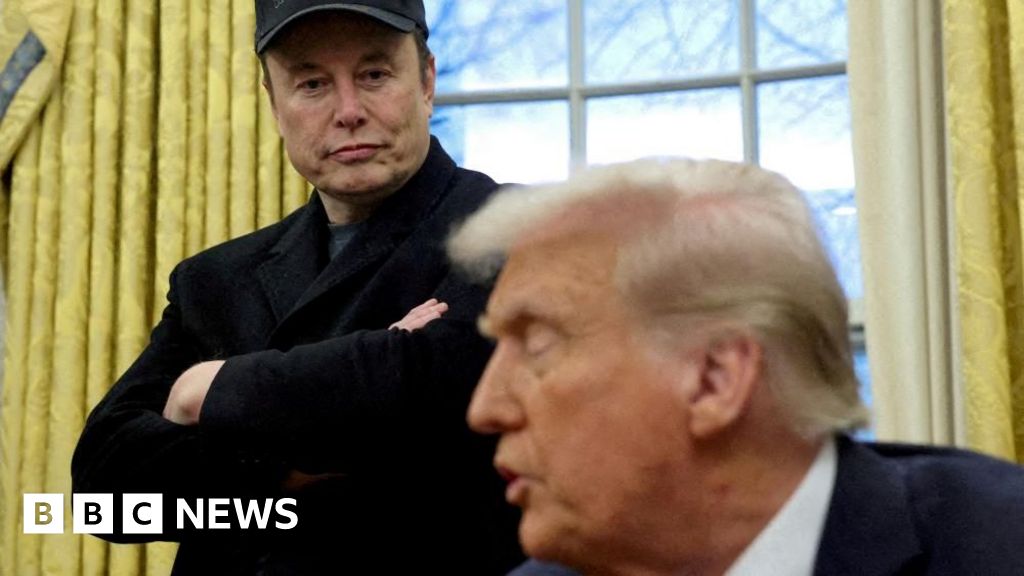Wall Street stocks rose on Tuesday, led by financials and consumer discretionary stocks as investors consider the path forward for US monetary policy.
Wall Street’s benchmark S&P 500 finished 0.2 per cent higher, just short of the technical bull-market territory it briefly entered on Monday after it had risen more than a fifth above its recent low in October 2022.
Financial and consumer discretionary stock led the gains on the blue-chip index, with both sectors rising about 1 per cent. Regional banking stocks advanced, with the KBW Regional Banking index 5.4 per cent higher.
The tech-heavy Nasdaq Composite rose 0.4 per cent, having reversed its early morning losses.
“What’s noteworthy today, and what we saw last Friday, is that value stocks, non-tech stocks, are beginning to trade better, which gives a better tone to the market,” said Peter Boockvar, chief investment officer at Bleakley Financial Group.
“To me this is not economically fundamentally based, it’s just people not wanting to miss a ‘Fed is done hiking’ rally,” he added, nodding to traders’ hopes that the US central bank would cease its monetary tightening at its July meeting.
Coinbase was one of the biggest movers of the day, with its shares down 12 per cent after the Securities and Exchange Commission sued the crypto exchange, alleging multiple violations of US securities laws. The lawsuit marked an escalation in the regulator’s assault on crypto markets following the case it brought against Binance at the start of the week.
Meanwhile, investors looked for further signs that the Federal Reserve will resist raising rates next week, after data from the US Department of Labor last Friday showed wage growth moderated last month.
A report on US consumer prices due ahead of the monetary policy meeting next week is forecast to show prices cooled slightly in May, while core prices are expected to have remained unchanged.
“Although labour market rebalancing and inflation progress have been encouraging, a firmer growth outlook will likely prompt the Fed to hike again in July,” said Goldman Sachs’ chief economist Jan Hatzius.
Futures markets have priced in a quarter-point increase to the federal funds rate in July, according to Refinitiv.
In Europe, the region-wide Stoxx 600 rose 0.4 per cent, recouping earlier losses, while Germany’s Dax added 0.2 per cent and France’s CAC 40 gained 0.1 per cent.
The moves came as Eurostat, the eurozone’s statistics agency, reported retail sales volumes fell 2.6 per cent year on year in April, following a 3.3 per cent fall in the previous month, as the bloc’s high borrowing costs continued to weigh on household consumption.
Markets overwhelmingly expect the European Central Bank to raise its benchmark interest rate from the current 3.25 per cent when policymakers meet next Thursday.
The Reserve Bank of Australia on Tuesday increased interest rates to 4.1 per cent from 3.85 per cent, eschewing market expectations of a pause and signalling that further tightening might be required.
Policymakers said inflation had passed its peak but remained “too high” at 7 per cent, as they raised rates for a 12th time in little more than a year in efforts to bring the rate of price rises back to a 2 per cent to 3 per cent target range.
The Australian dollar rose 0.8 per cent against the US dollar, trading at $0.67 on the day, while the S&P/ASX 200 index fell 1.2 per cent.
Asia’s markets were muted, as Hong Kong’s Hang Seng index lost 0.1 per cent while the CSI 300 index of Shanghai- and Shenzhen-listed stocks was down 0.9 per cent.
Japan’s benchmark Topix bucked the downward trend, shrugging off early losses to rise 0.7 per cent.
Japanese real wages contracted for a 12th month, according to data released on Tuesday, reinforcing expectations that the Bank of Japan will maintain its ultra-loose monetary stance.
Credit: Source link










